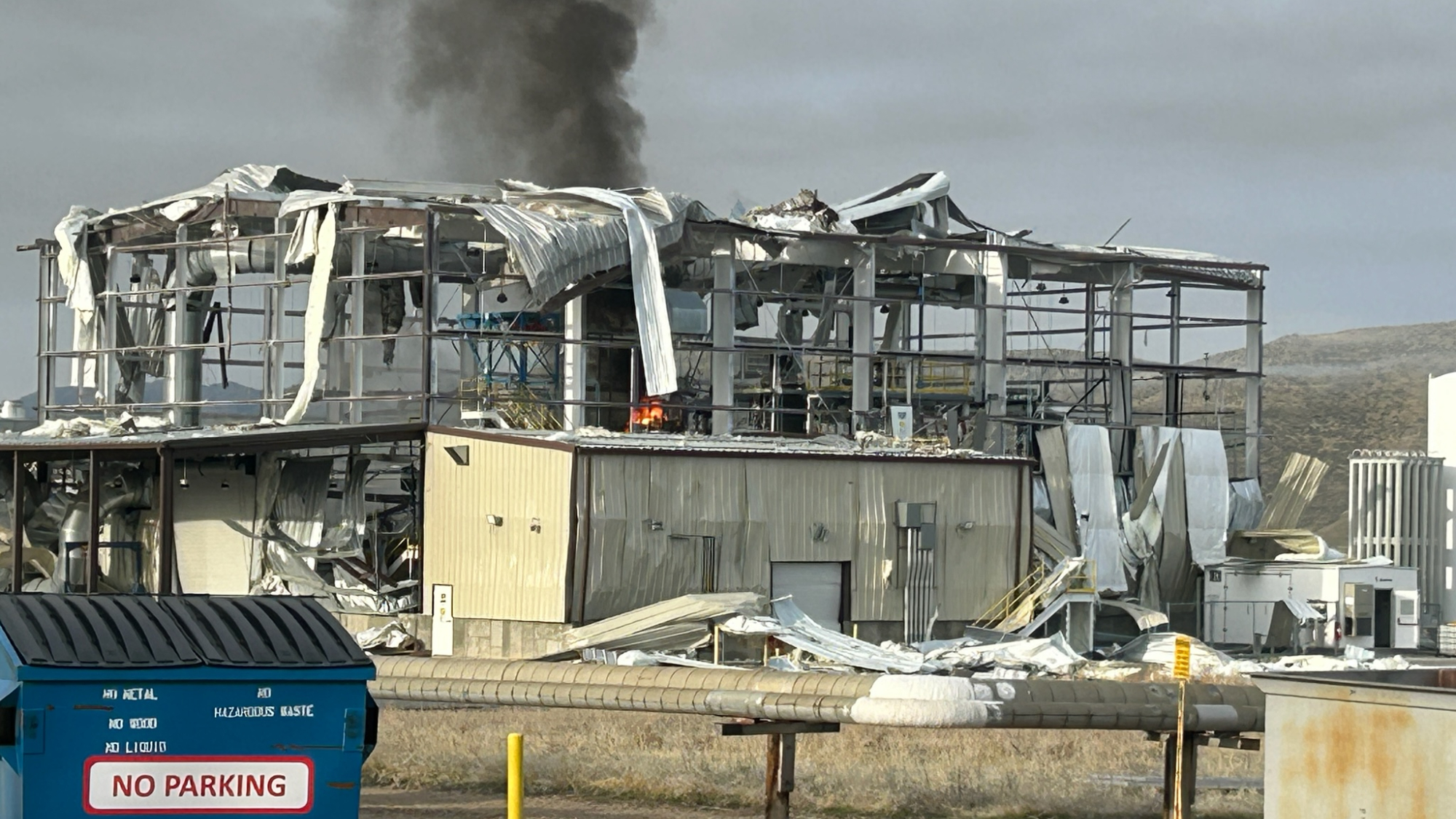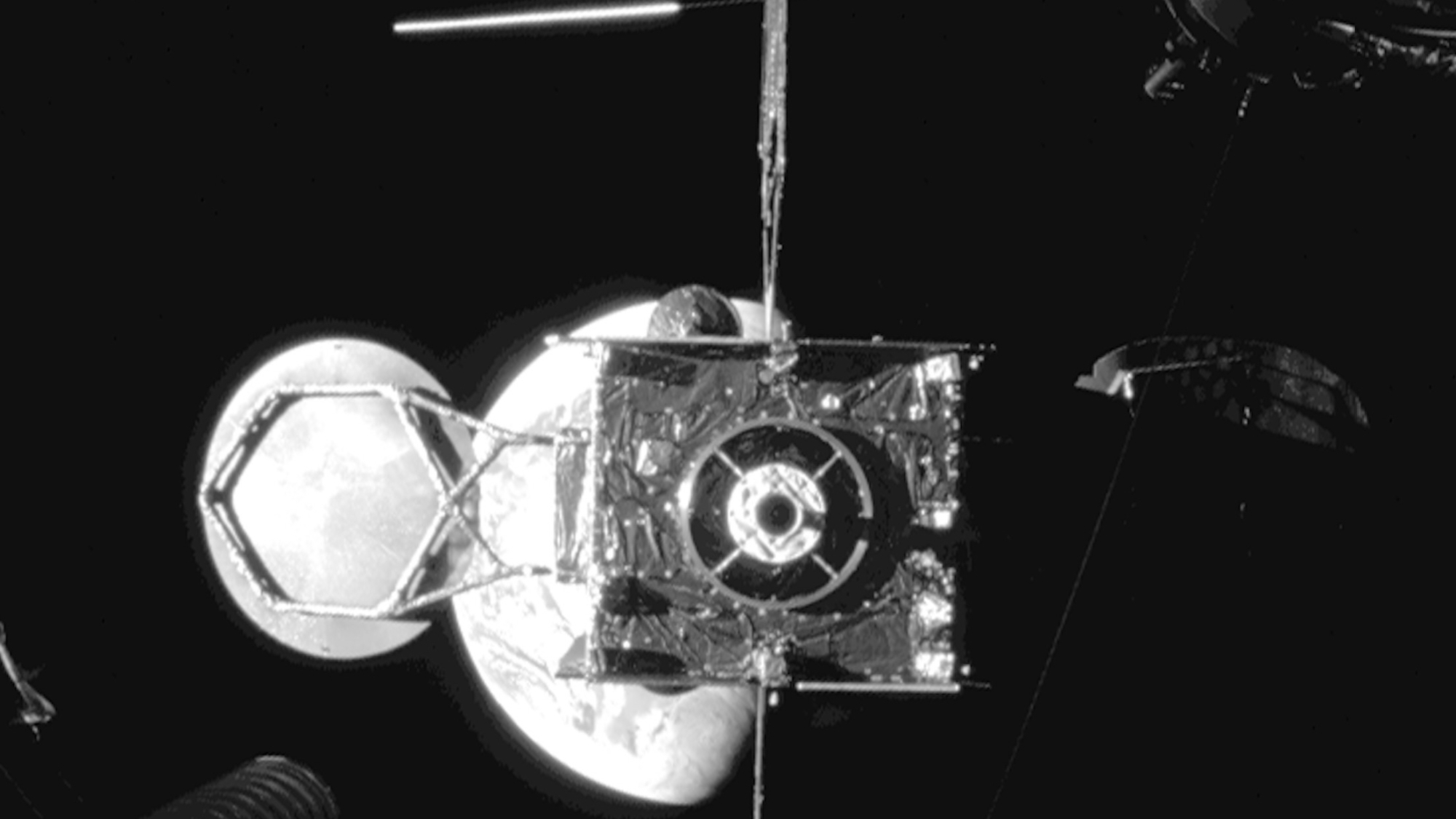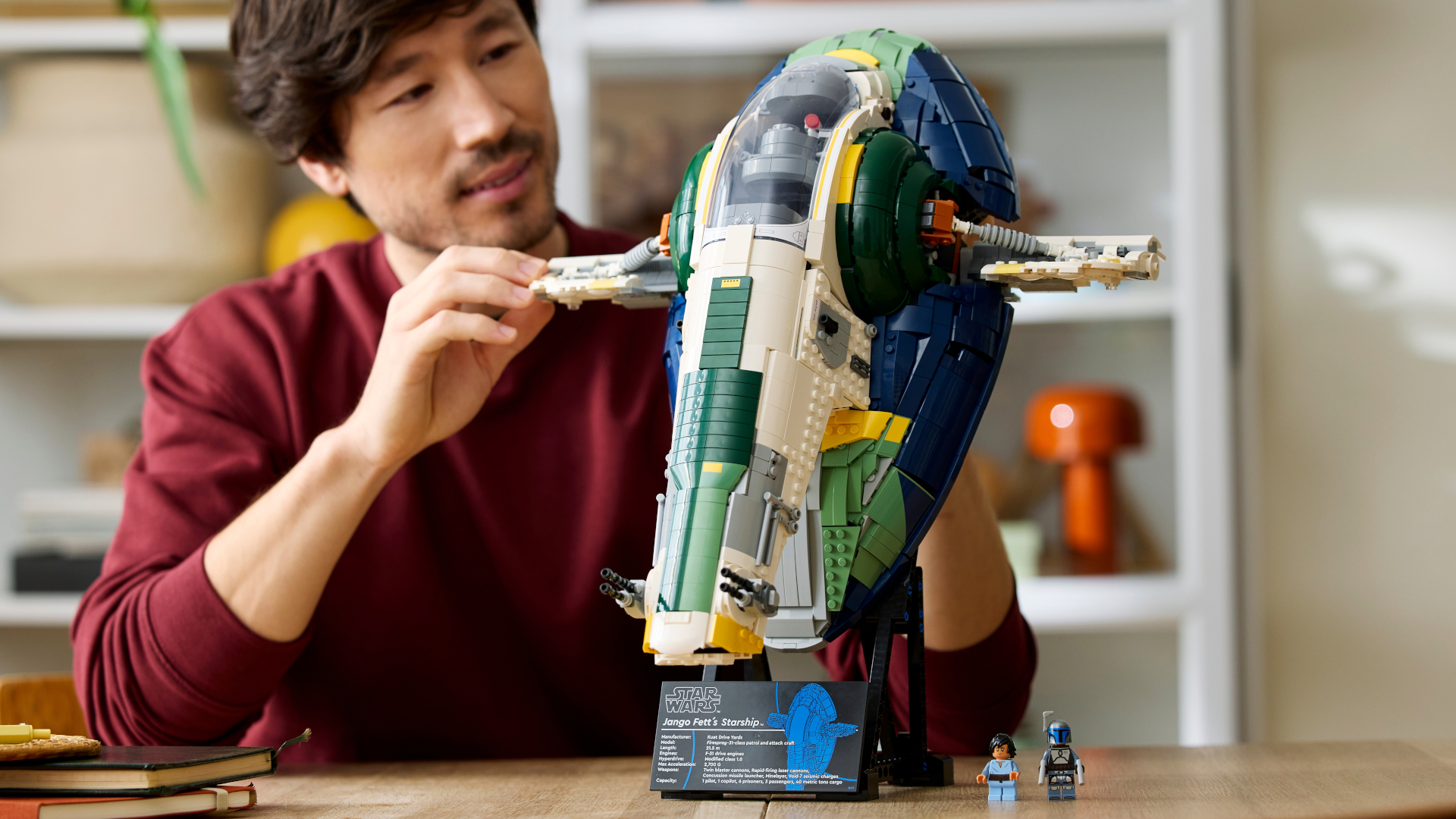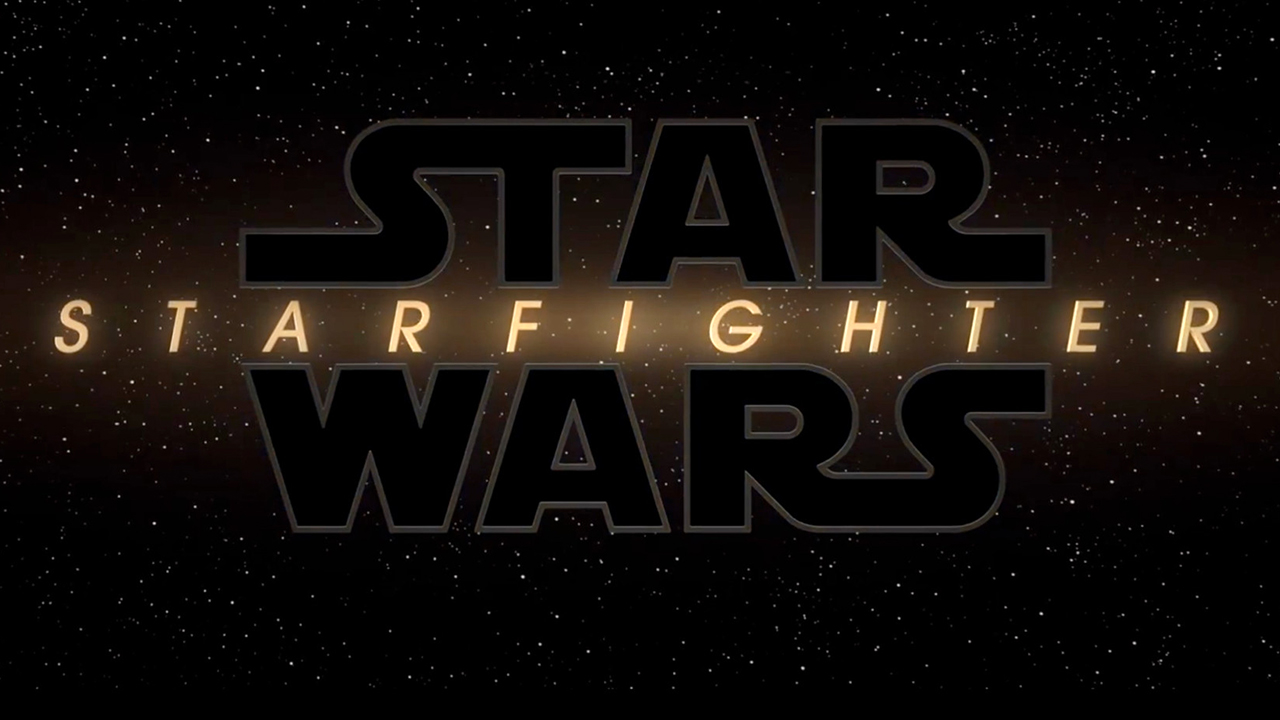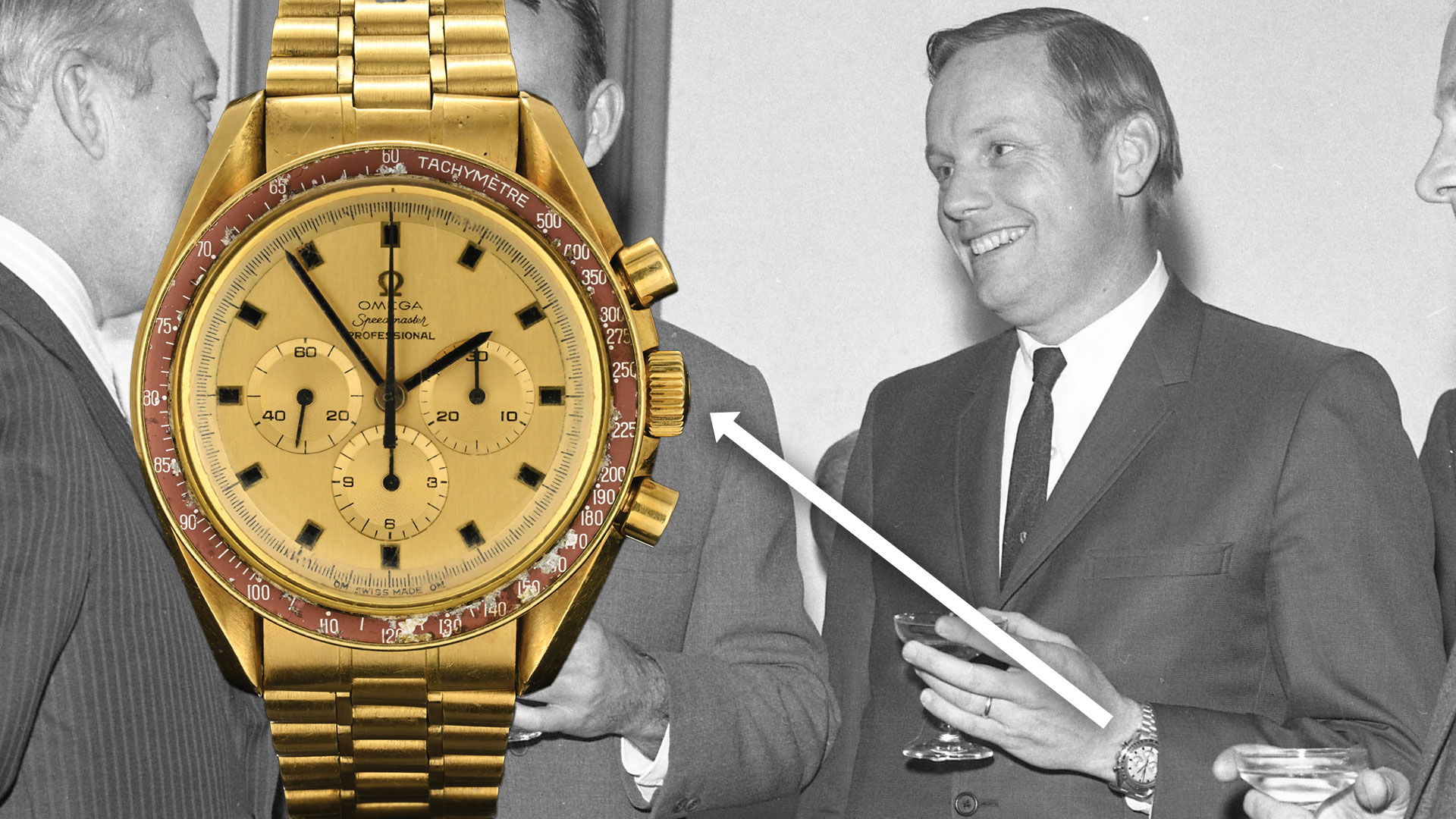'Back the Booster': Museum Crowdfunding Move of Saturn V Rocket Stage
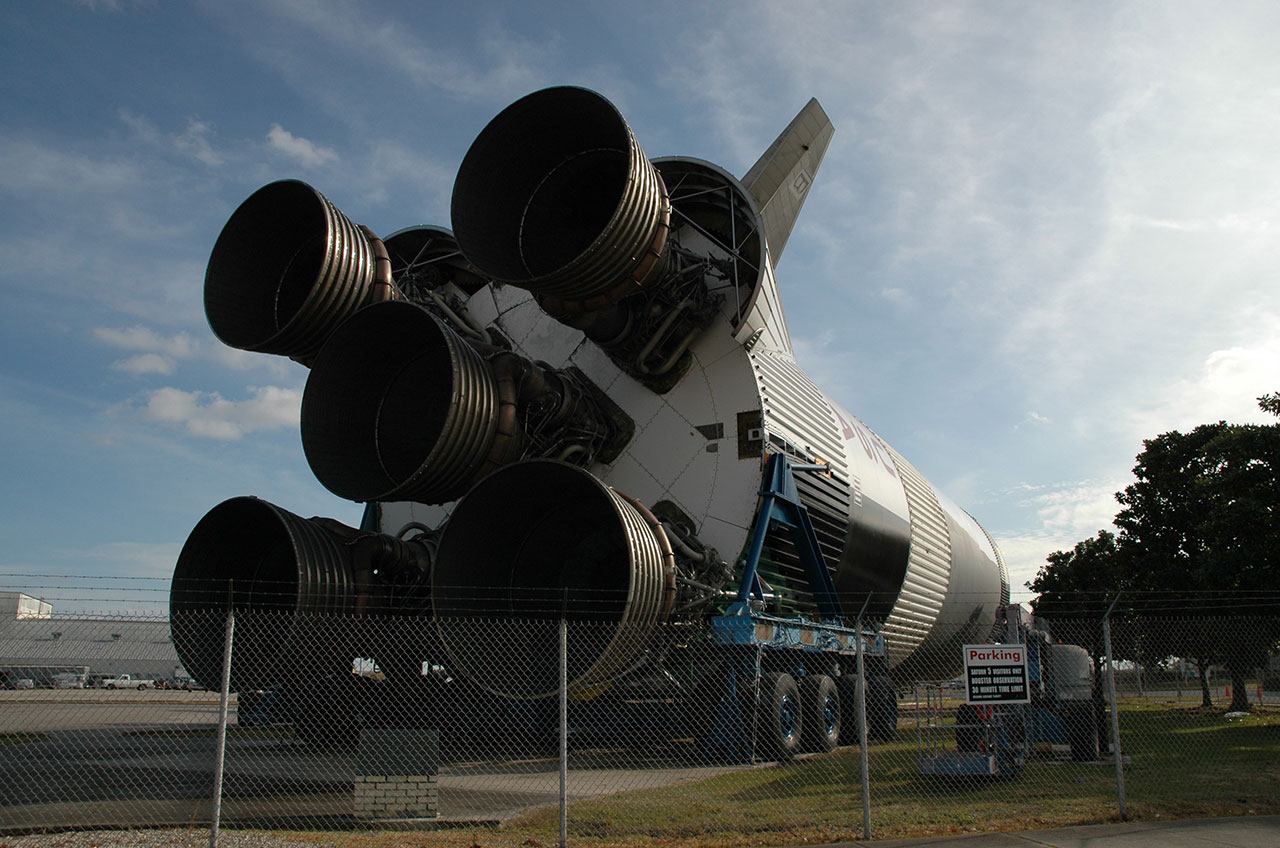
Forty-five years ago Friday (Oct. 16), NASA's last-ever Saturn V rocket stage arrived back at its birthplace.
The 138-foot-long (42 m) S-IC first stage, which served as the engine-tipped "business end" of the three-stage Apollo moon booster, was shipped by river barge to the Michoud Assembly Facility outside of New Orleans after being test fired at the Mississippi Test Facility (now Stennis Space Center) for a final time. Originally built to launch Apollo 19 to the moon, the mission was canceled and the stage was deemed no longer needed.
Now, on the anniversary of its arrival home, a new mission is underwayto return the S-IC stage to Stennis, where it will undergo conservation and be put on public display by the INFINITY Science Center. The museum, which is also the visitor center for Stennis, has now launched "Back the Booster," a Kickstarter projectto crowdfund the $500,000 needed to move the S-IC back to Mississippi. [How NASA's Saturn V Moon Rocket Worked (Infographic)]
"It is hard to believe that this is the Saturn V first stage that was going to start me on my way back to the moon," said astronaut Fred Haise, who after launching as lunar module pilot on Apollo 13was slated to command Apollo 19. "It is even harder to believe that it could one day be forgotten."
"Join us for one final Apollo mission. Help us rescue this remaining piece of Apollo hardware so that it will still be around to inspire new generations," said Haise in a video accompanying the "Back the Booster" campaign.
After arriving back at Michoud on Oct. 16, 1970, the S-IC-15 (15 being the production number) was moved between environmental enclosures for eight years, and was briefly prepared as a backup for the first stage that would launch Skylab, the United States' first space station. Ultimately, on Dec. 19, 1978, it was moved outdoors to where it still sits today, just within the entrance to the facility.
"It is the only large piece of flight hardware that is left that has not been preserved for future generations, and it is sitting behind guarded gates, hidden from the public, but exposed to the elements," stated Taylor Hardenstein with INFINITY. "Decay is taking its toll and time is running out to preserve this priceless artifact from American history."
Get the Space.com Newsletter
Breaking space news, the latest updates on rocket launches, skywatching events and more!
INFINITY has received state funding to move the booster to Mississippi, but needs additional money to prepare the site for its arrival and build a foundation for its display.
"[The museum] has plans to conserve the hardware, bring it indoors and put it on display, but first we've got to get it here," said Hardenstein. "The booster will be loaded onto a barge and travel 40 miles [65 kilometers] by river, leaving from the dock at Michoud and making its way to Stennis in Mississippi."
"Once at Stennis, it will travel approximately 4 miles [6.5 km] by land, eventually merging onto Interstate 10 before arriving at its final destination. It is going to be an epic 10-day process involving a lot of collaboration," he said.
To encourage the public to "Back the Booster," INFINITY has created a selection of new swag to reward supporters. The perks include bumper stickers, refrigerator magnets, pens and pins featuring the "Back to Booster" campaign logo, as well as "smashed booster" pennies. Haise is also offering to autograph photographs, posters and models of the Saturn V rocket for higher level pledges.
Those who give the most will be rewarded with VIP invites to see the stage on the move, a yearbook chronicling its journey and the chance to have dinner with Haise.
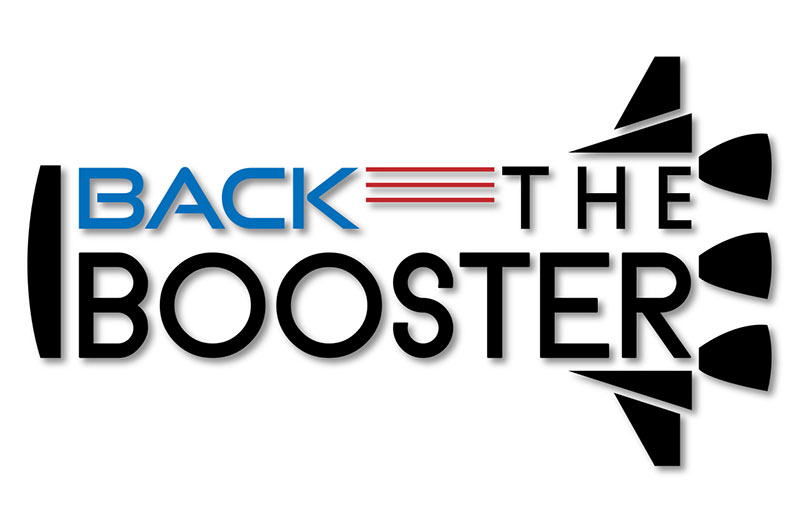
The "Back the Booster" campaign will run on Kickstarter through Nov. 14. The project will only be funded if it raises the $500,000 goal.
"[Apollo] was the greatest, most ambitious undertaking of the modern age and it is absolutely important that we pass on what we learned from the people and machines that made it possible," stated Hardenstein. "But to do that, we need your help."
For more information or to back the project, see "Back the Booster" on Kickstarter.
Watch astronaut Fred Haise describe the "Back the Booster" campaign at collectSPACE.
Follow collectSPACE.com on Facebook and on Twitter at @collectSPACE. Copyright 2015 collectSPACE.com. All rights reserved.
Join our Space Forums to keep talking space on the latest missions, night sky and more! And if you have a news tip, correction or comment, let us know at: community@space.com.

Robert Pearlman is a space historian, journalist and the founder and editor of collectSPACE.com, a daily news publication and community devoted to space history with a particular focus on how and where space exploration intersects with pop culture. Pearlman is also a contributing writer for Space.com and co-author of "Space Stations: The Art, Science, and Reality of Working in Space” published by Smithsonian Books in 2018.In 2009, he was inducted into the U.S. Space Camp Hall of Fame in Huntsville, Alabama. In 2021, he was honored by the American Astronautical Society with the Ordway Award for Sustained Excellence in Spaceflight History. In 2023, the National Space Club Florida Committee recognized Pearlman with the Kolcum News and Communications Award for excellence in telling the space story along the Space Coast and throughout the world.


